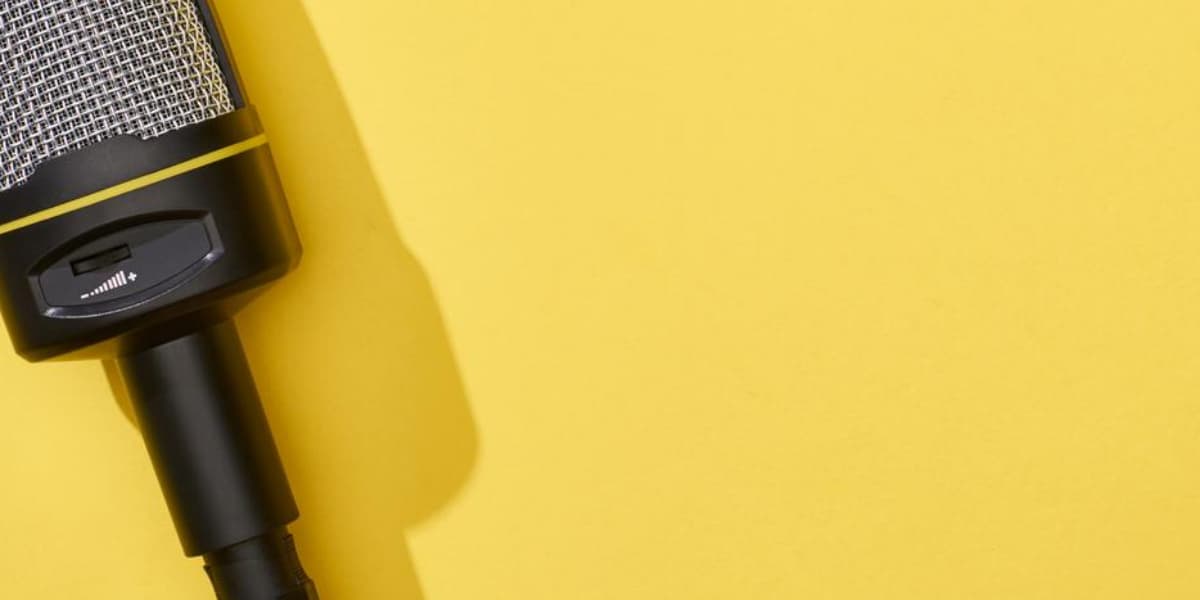Grand pianos are loud instruments that do not need much sound amplification. Although, there are certain situations when grand pianos need a microphone to boost the audible volume.
These situations may be in loud venues or big concert halls. Either way, making the right decisions when needing amplification for grand pianos will ensure that the piano will produce the best sound.
When would you need to use a microphone with a grand piano?
It is important to remember that grand piano acoustics can interact differently based on the room acoustics and music choice. Assessing locations and situations is crucial to knowing when to use a microphone.
However, in the following situations there is a need to mic grand pianos:
- Recording
Miking a grand piano for recording is not easy to do. These pianos have a very wide frequency range that cannot be detected by just any mic.
- Playing Live
This can mean a large venue filled with people and the sound of other instruments competing with the piano. Certain steps have to be taken in order to make a good mix of the sounds through the microphones.
Playing live includes these situations:
- Accompanying bands or singers
- Playing in orchestras
Can you use any microphone with a grand piano?
Miking a grand piano requires a dedicated instrument mic. Otherwise, audio quality is compromised because using just any mic will not capture the full dynamic range of the grand piano.
What are some microphones you could use with a Grand Piano?
Choosing the right mics for a grand piano depends on these:
- The grand piano has a large frequency range
- The treble and bass strings produce different sound qualities
- Background noise needs to be filtered out
Here are the types of microphones best suited for grand pianos:
- Condenser Cardioid Microphone
The best choice for recording in studios as the mic can pick up the large frequency range of grand pianos. This microphone is best used facing the grand piano as it captures the best from the front.
Here are a few choices for this microphone:
- The Rode NT1-A is a quiet and reactive microphone that records clear and accurate sound. Despite its great performance, it is one of the cheaper alternatives on the market.
- The Rode NT5-MP is intended for live performances and recording acoustic instruments. It is small, compact, and has a full frequency response.
- Boundary Microphone
This small microphone picks up vibrations of the sound coming from the surface it is attached to. Audio capture is from all sides and it tends to capture audio from multiple sources.
The Beyerdynamic MPC 66 is one of the preferred microphones for recording acoustic instruments, like pianos.
- Contact Microphone
This microphone detects low-level sounds. It has a contact plate that it uses to pick up the vibrations through the surface. It is great for filtering background noise as it will only pick up sounds from the attached grand piano.
Contact microphones are used in recording acoustic instruments such as violin, guitar, or piano. The Ischell X-Jack is on the higher range of contact microphones in the market and for cheaper alternative here are a few choices from Amazon.


